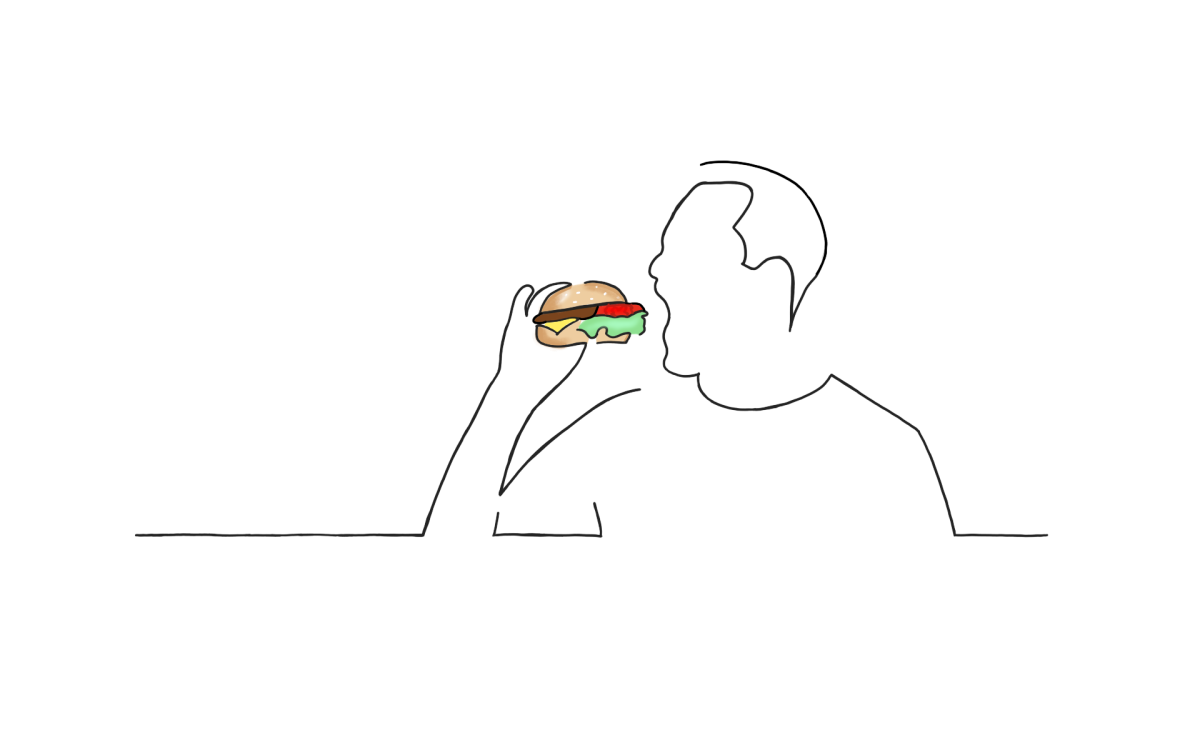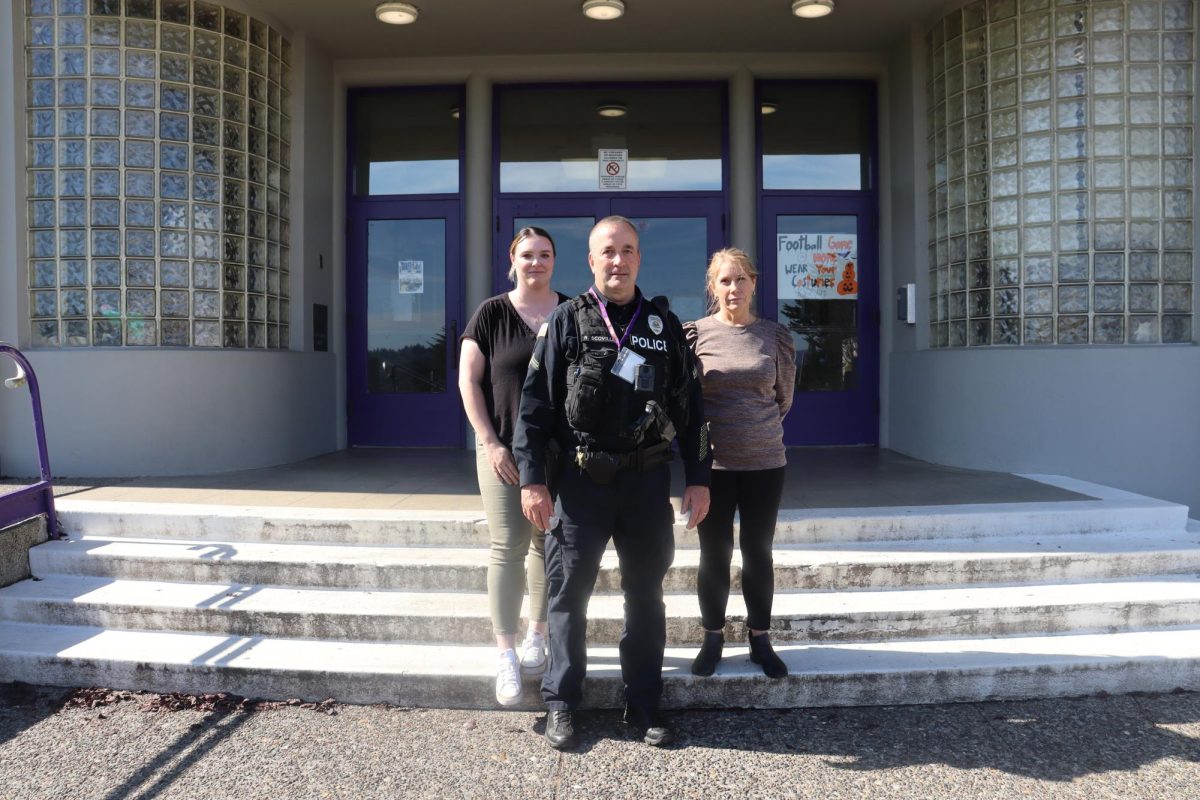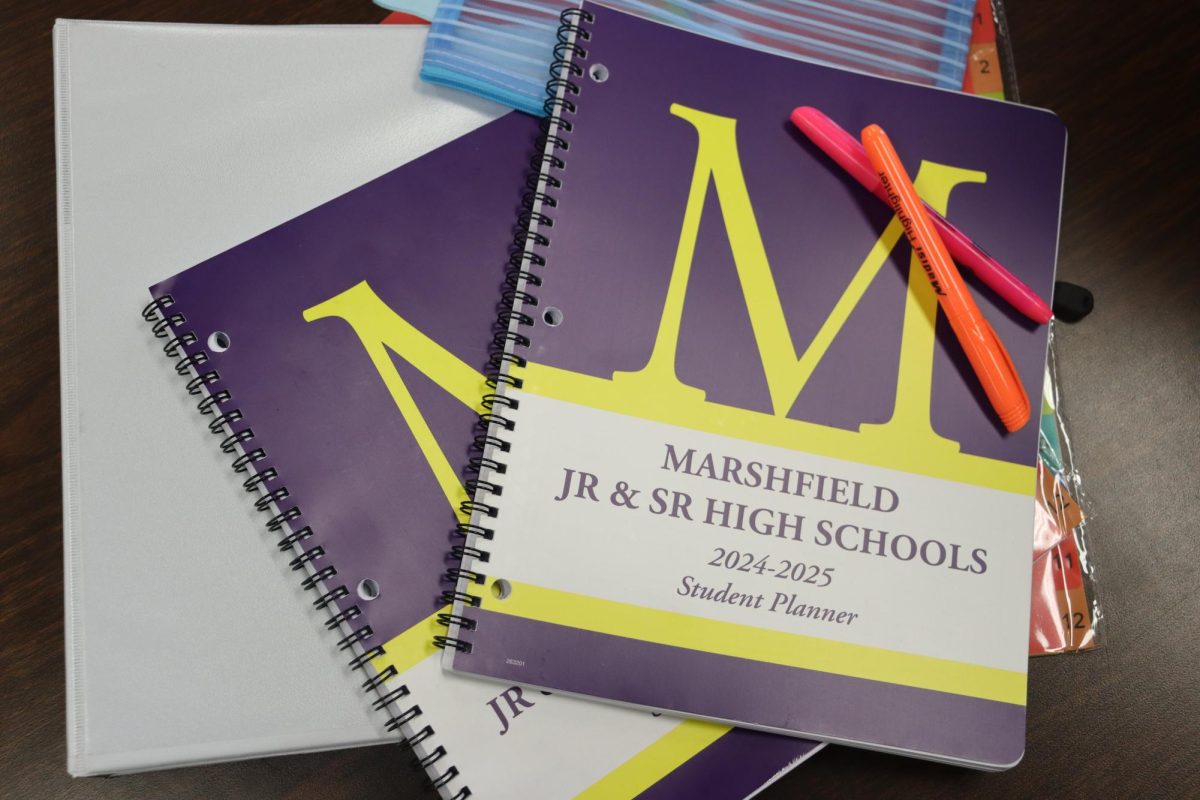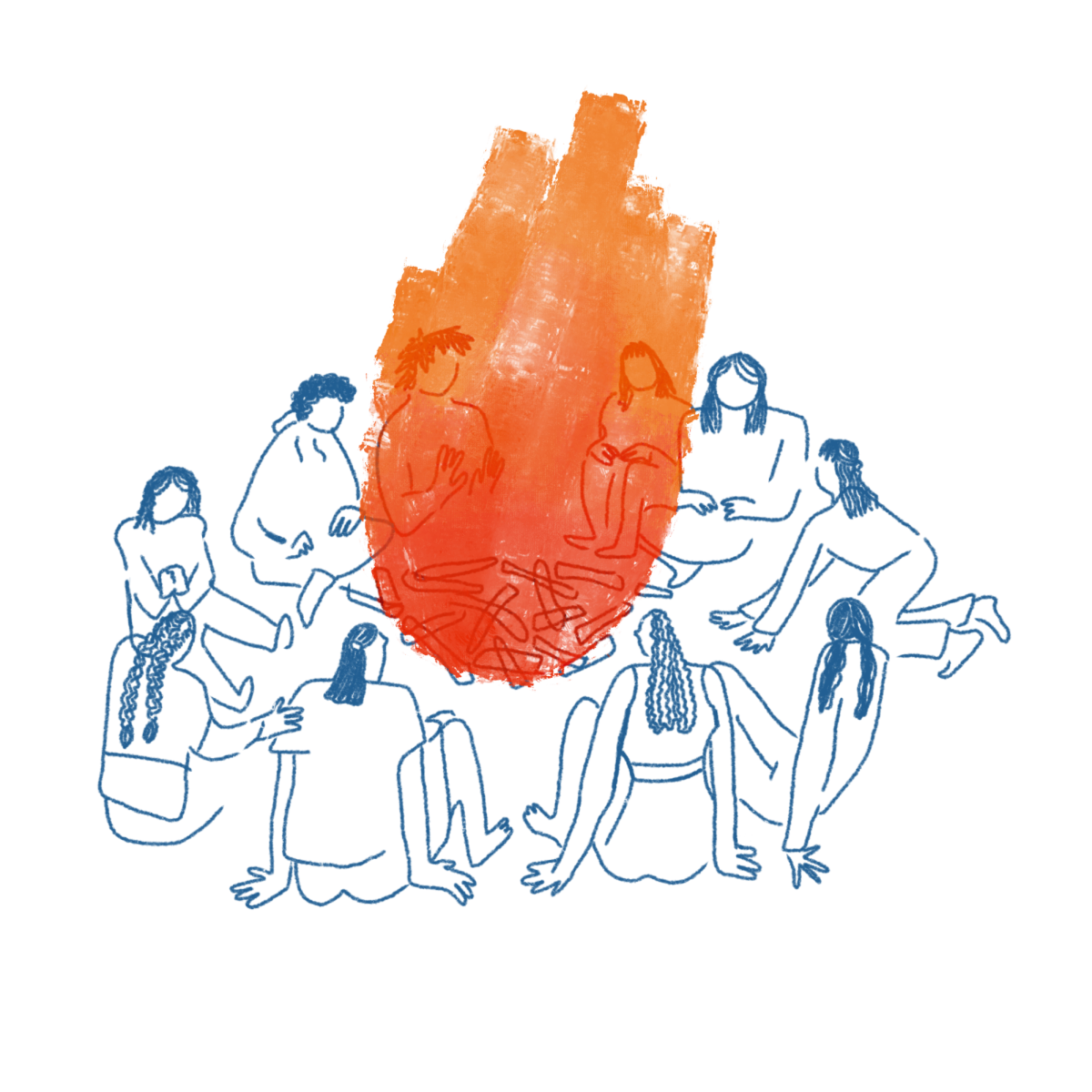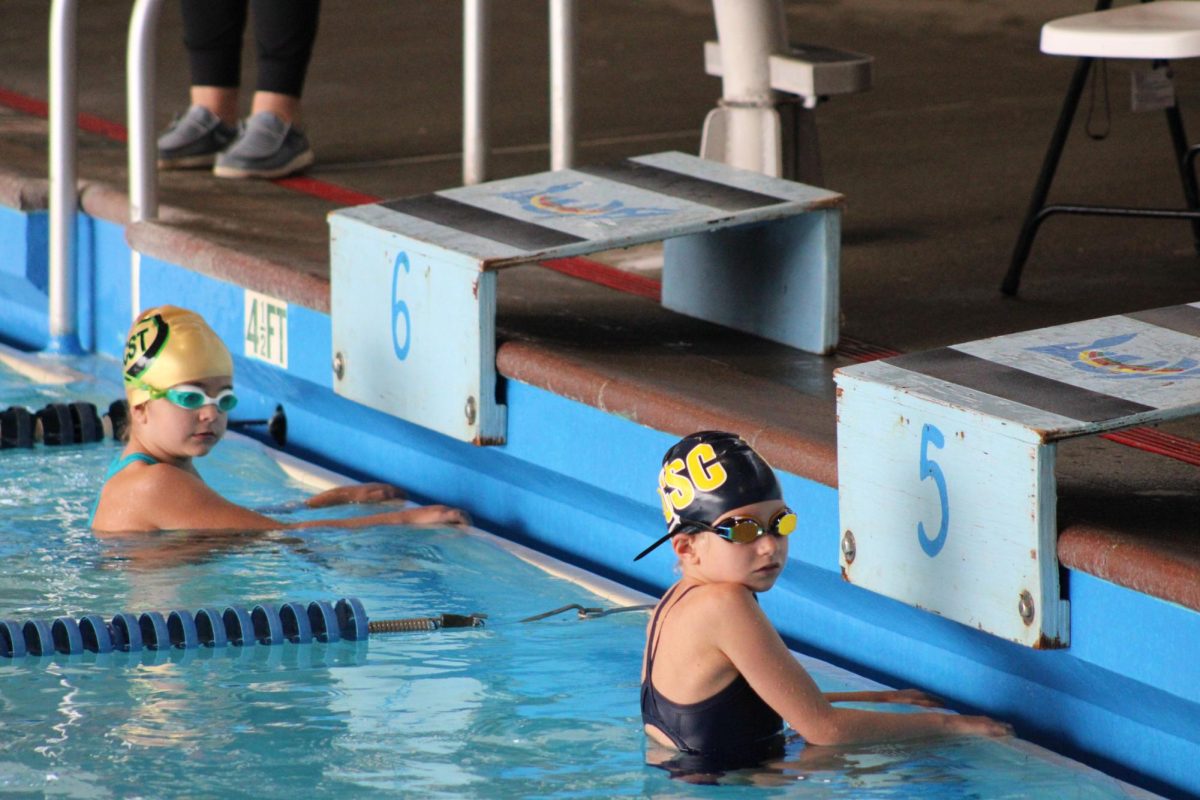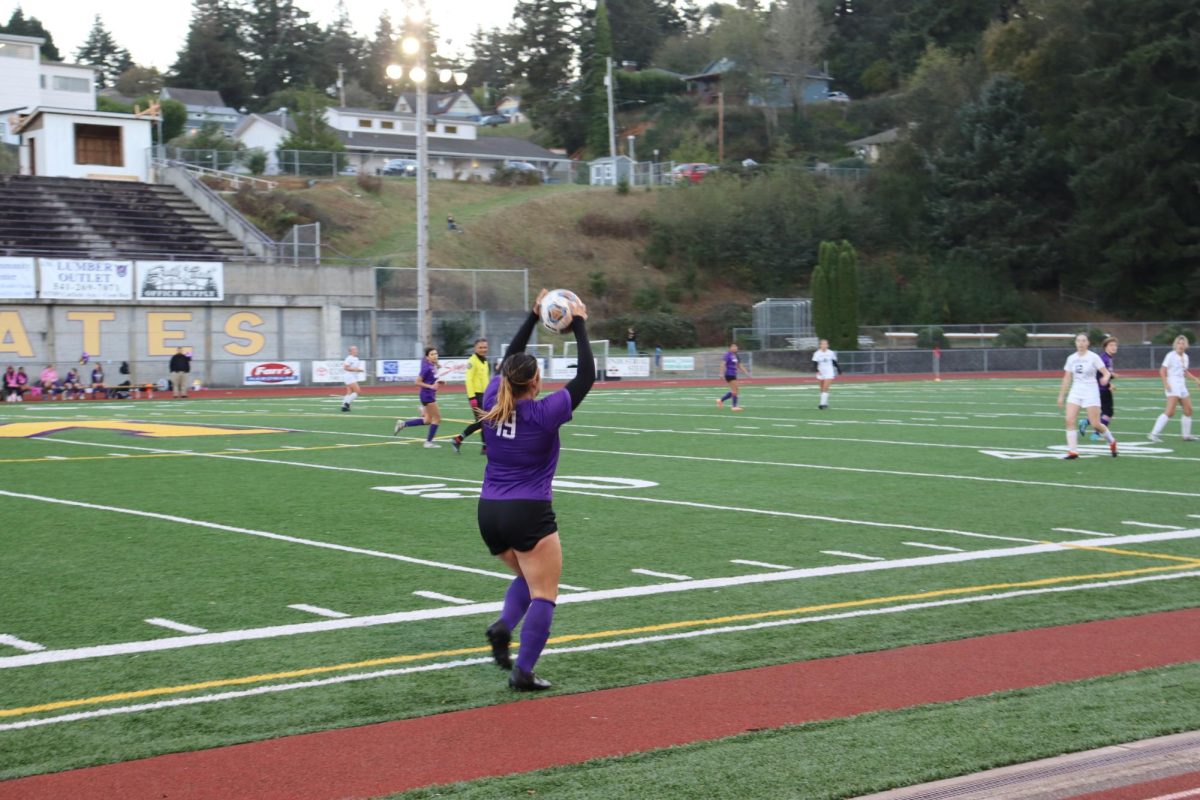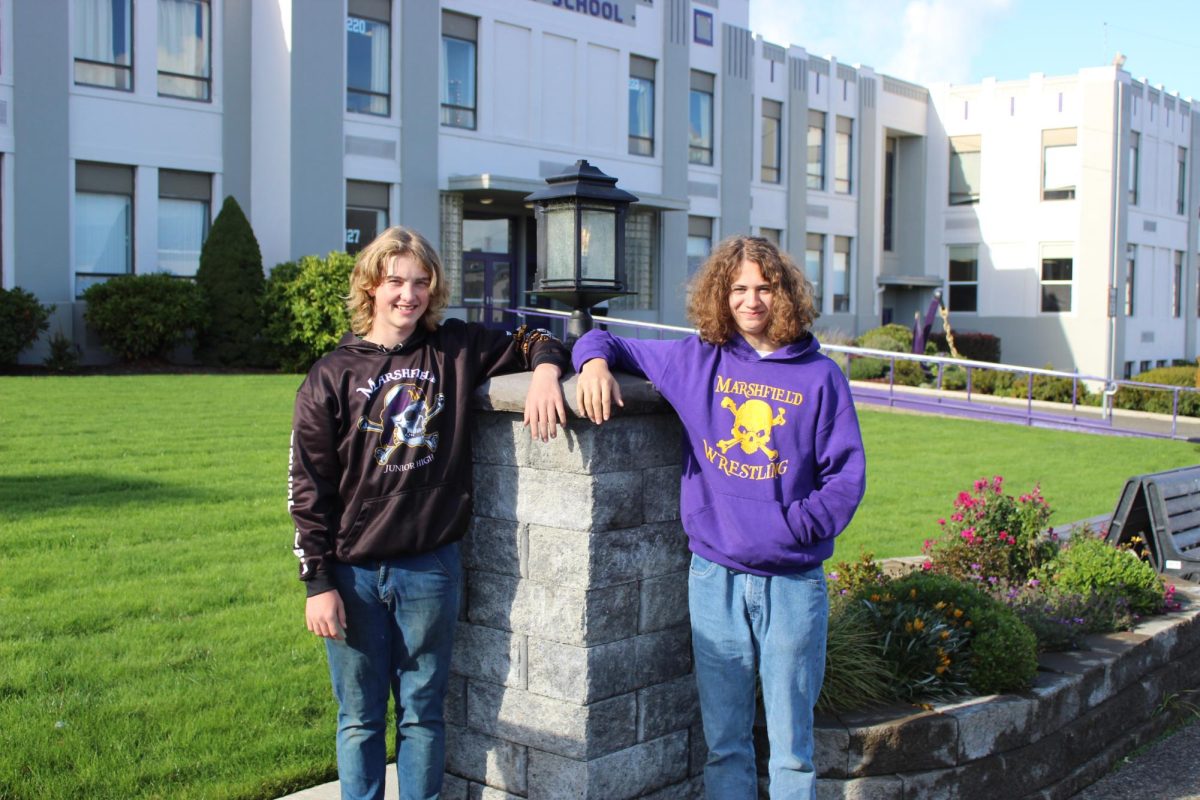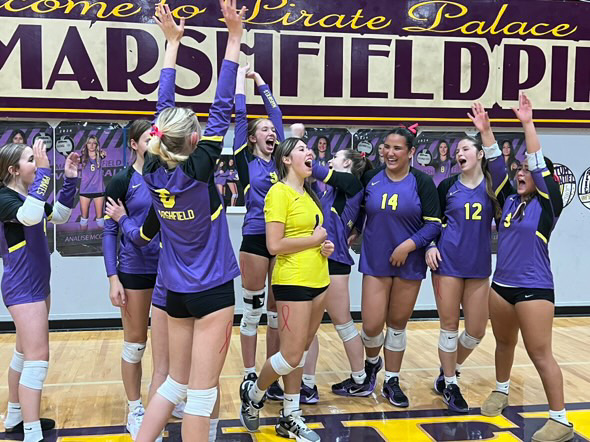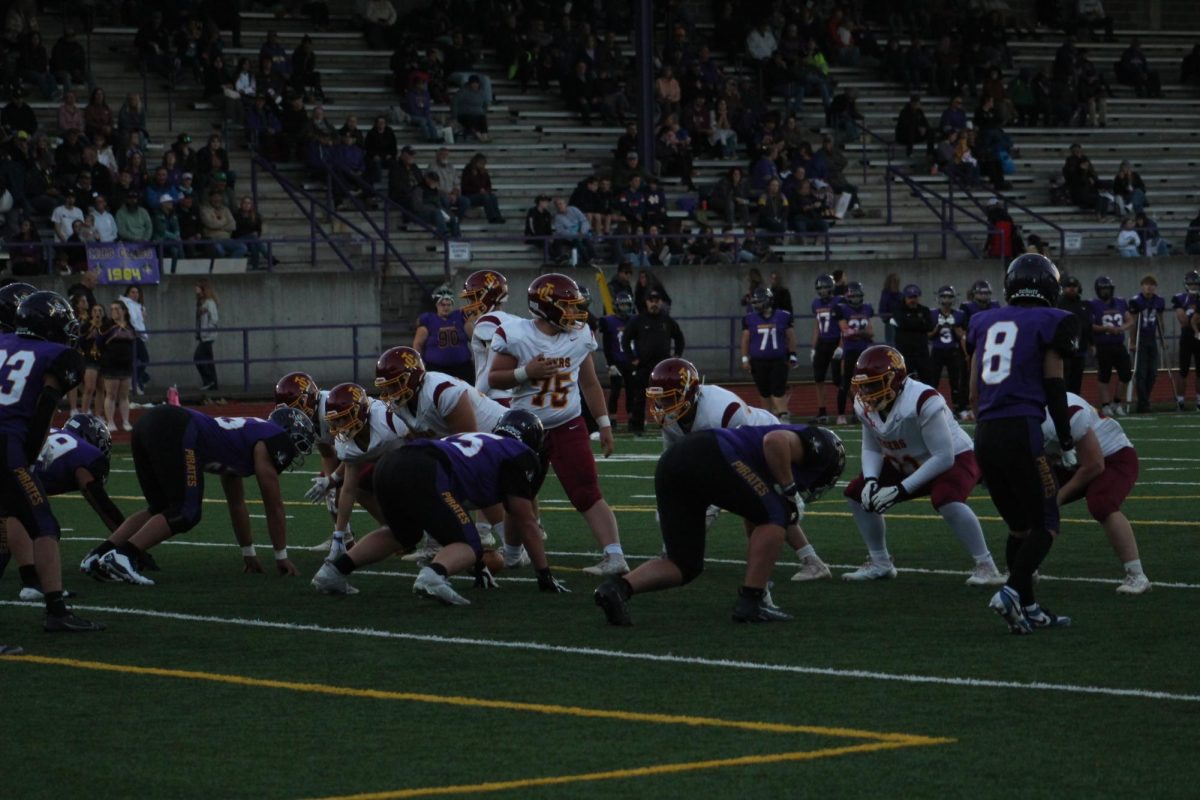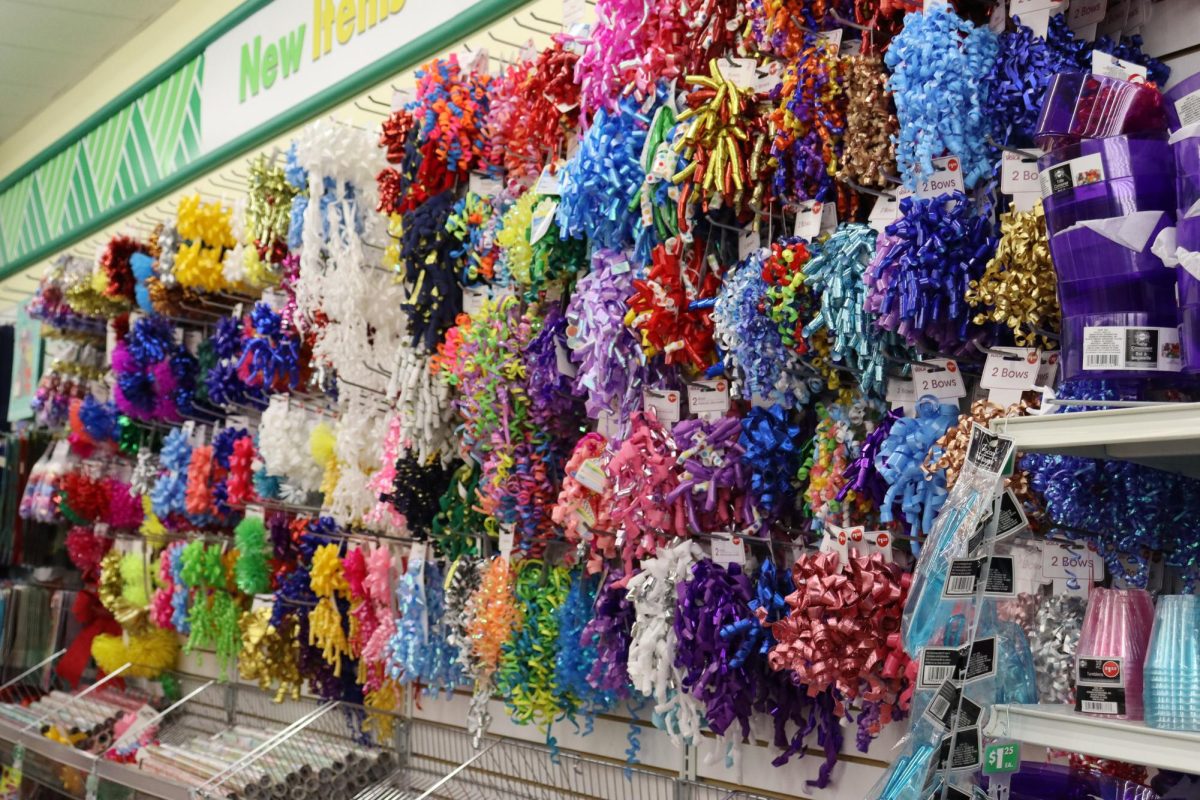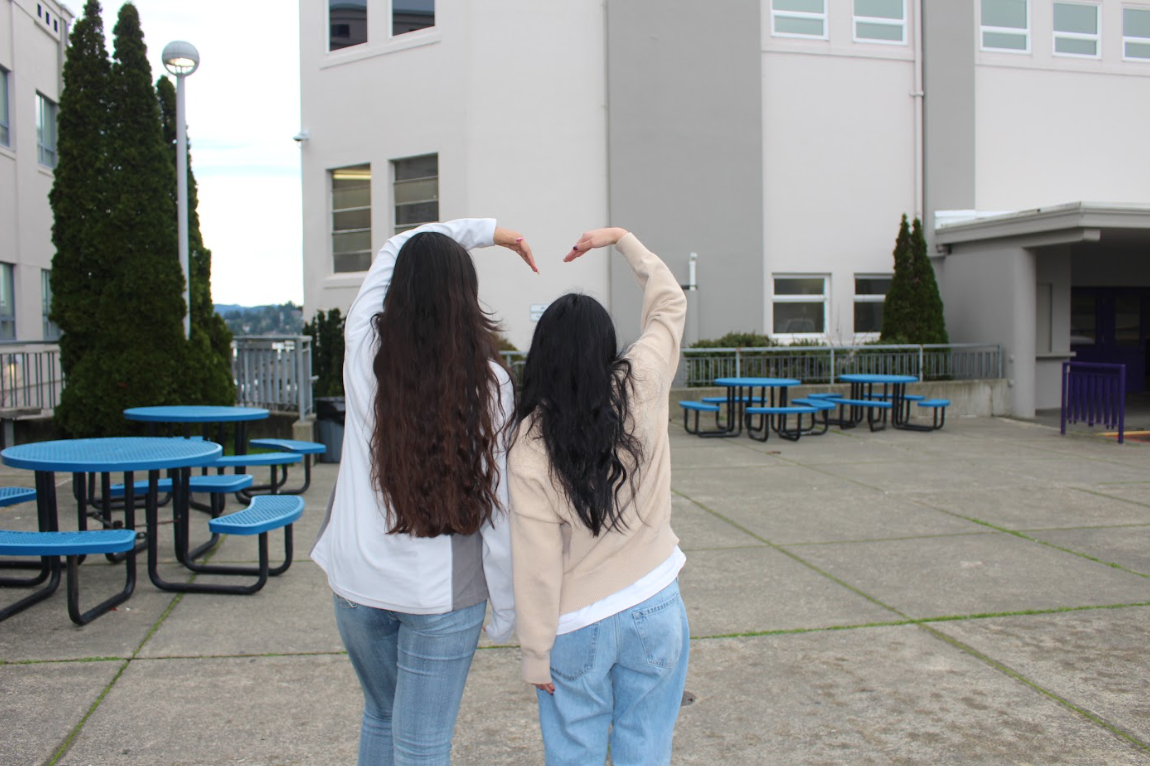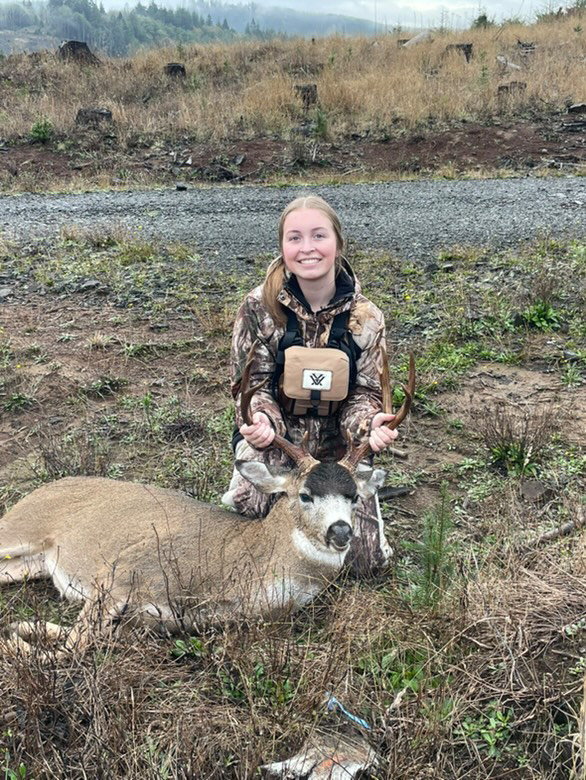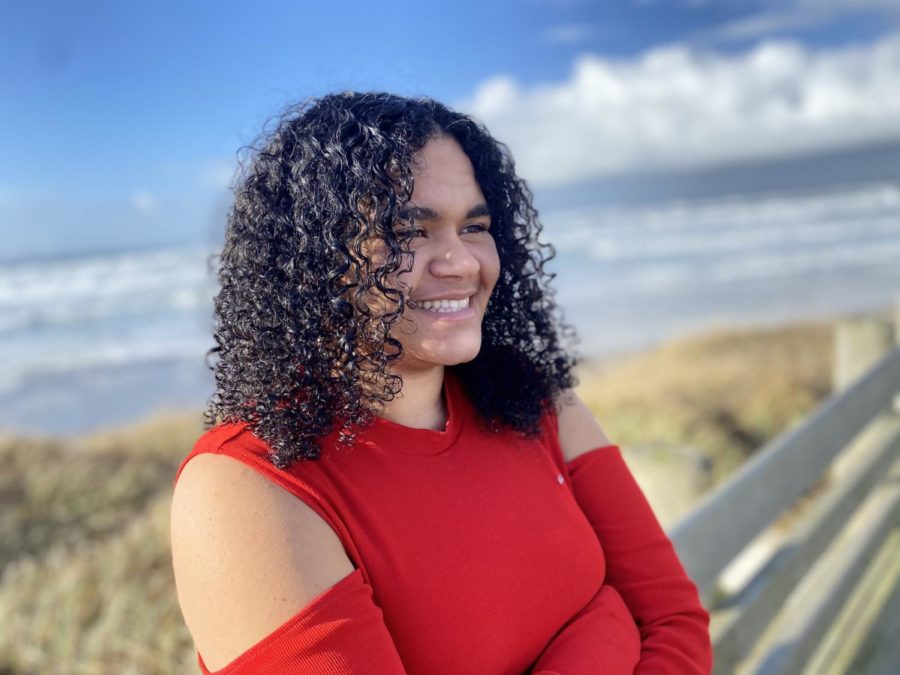Social development starts at birth. At 10 months a baby is able to present intense emotions, at two years old children learn how to take turns and make friends. But, with a required absence of in-person interaction due to COVID-19, parents are worried that the children of the pandemic will be socially and emotionally stunted.
For children under five quarantine is likely aiding the development of healthy attachment styles, since their guardians are the ones teaching them how to navigate interactions with people rather than learning through experience in kindergarten or preschool. In contrast, studies are revealing that children in middle to high school are the most at risk for the negative effects of social development. This age range represents a highly social time in child development.
Junior Jimmy Moore has been attending Marshfield High School since his eighth-grade year. Like all MHS students, Moore is participating in comprehensive distance learning (CDL) and has been doing so since last March.
“I feel like this can be very emotionally challenging towards the children and kids our age because it’s taking away some of our best years and memories and instead just adding stress to it,” Moore said. “I feel as if a way they could help improve interpersonal relationships is by actually showing they care. I’ve yet to really ever see a teacher ask if someone’s really doing okay and if they could help.¨
For middle and high school students, the prefrontal cortex, or the decision making center of the brain, is still developing. This is why this age group is prone to making dangerous decisions, seeking out new friends and wanting privacy.
MHS junior Sam Watson is part of a Discord server full of his friends from school. He uses this platform to keep in touch with his community through texts, video and voice calls.
“I stay connected with what is going on with Marshfield and my friends through social media and messages back and forth,” Watson said.
With Discord, users can join large community groups or chats called servers. Other apps such as Instagram, Snapchat, Facetime, and Zoom are playing a large part in fostering connections between children and those isolated during the pandemic.
“I have kept most of my friendship circle,” said Watson. “It was a challenge though; I have absolutely gone back into my shell big time. I have not made any new friends through online classes.”
Other students like MHS junior Megan Chaney feel similarly.
“It’s hard not being around teachers and staff for hands-on help and two, not being able to actually see and talk to my friends,” Chaney said. “It’s hard to live in a world that is only online interactions. There is very little actual talking among students. I’ve noticed the teachers try to get them to talk but it doesn’t really work.”
With COVID-19 cases still rising, the education system cannot go back to normal, but they are able to adapt to what their students need. While it is not perfect, it is providing education while keeping student and teacher health and safety a top priority.


